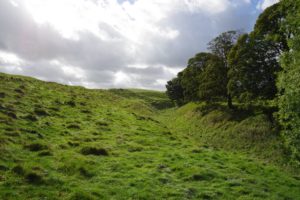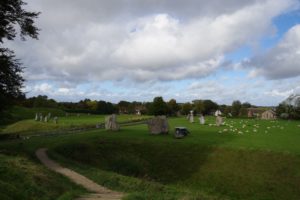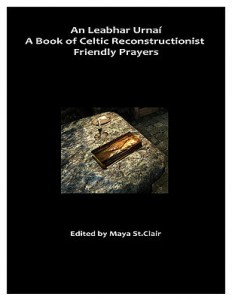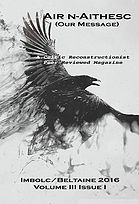I went to the U.K. in October for two weeks. Making the voyage to the other side of the pond always makes me wonder if I’ll feel a connection to the land when I’m there. Ireland was about the same feeling as I have in the U.S.: a stranger walking on someone else’s land.
France was different. Bourgogne felt like home. I could feel a strong connection even from the air before the plane landed in Paris. Driving into Bourgogne region was like crossing some mythical boundary. That’s what my friends meant when they said they had come home, that the land welcomed them.
The second day of the trip, my friend and I went to the British Museum in London. We had lots of sections we wanted to see, but there was one artifact there that drew me: Epona from Wiltshire. When you have a connection with a deity, you can often feel the resonance of their artifacts in locations like museums. We got up to Her room and I immediately said HI MOM! And that was it. That was the introduction for my trip. Nothing else at the museum mattered except seeing Her. I felt giddy after seeing Her.
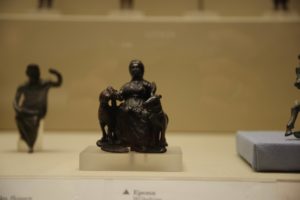
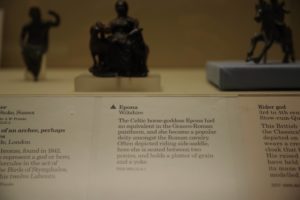
Even though the U.K. was a fun trip, there wasn’t a connection with the land. Even when we went to the White Horse of Uffington on a super windy day, it was a place I was visiting, not some place I belonged.
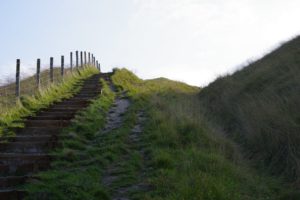
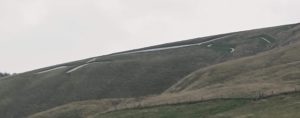
I felt more connected when visiting tack shops than I did out at sites famous to pagans, like Avebury. It was breathtaking to see the sites. They just weren’t *my* places.
Would I do the trip again? Maybe. It was an opportunity to do a dream-trip with a good friend. One of the longest vacations I’ve taken and I was ready to come home to the horses and the kitties.

